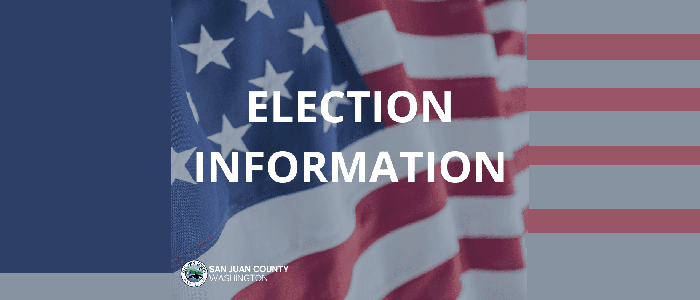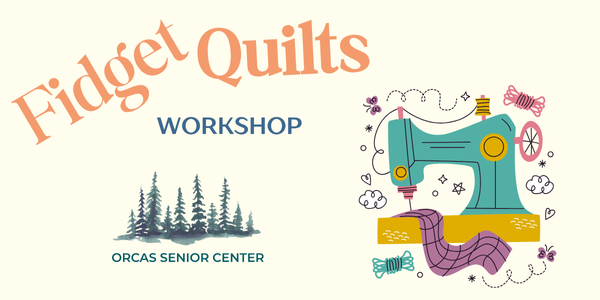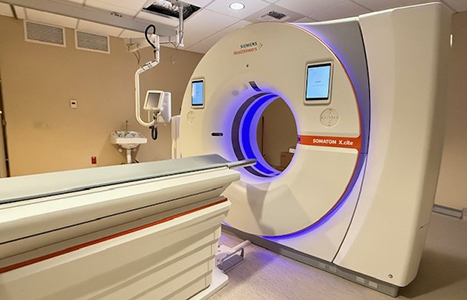||| FROM THE KITSAP SUN |||
Who names the vessels? Who steers them? Curious? Read on:
Thousands board every day without a thought to what goes on around them, oblivious to the hundreds of thousands of details that make a cross-Sound journey possible.
It is probably a sign that Washington State Ferries does a quality job that more people aren’t aware of the mechanics behind the Bainbridge/Seattle and Bremerton/Seattle ferry crossings.
However, questions are asked – between commuters, among friends, over popcorn and a beer during an afternoon ferry run – that range from the useful to the ridiculous.
Some questions, some answers:
What happens to ferries during an earthquake?
When the big one hits, there are few better places to be than mid-Sound, according to Dick Fife, emergency management coordinator with Washington State Ferries.
“Probably no safer place you’d want to be,” Fife said. “We have our boats wait one mile off the beach for 15 or 20 minutes, let the water slosh around in the punch bowl of Puget Sound.”
Boats in the dock would stop loading immediately, and for the same reason as those vessels stopped in mid-Sound – to reduce risk posed by earthquake-related tidal waves – would get to at least half a mile from shore .
“A tsunami is absolutely a possibility,” Fife said. “But that wave is gonna pass right underneath.”
Passengers would be unloaded as soon as practicable. The boats would then possibly be put into service as emergency marine transport, as a floating emergency control center for the ferry service or as foot transport to get stranded commuters home to their families.
How much food and/or beverages do passengers buy?
Passengers on the Bainbridge/Seattle and Bremerton/Seattle runs purchase vast quantities of food and drink each week. For the week of Jan. 23-29, they:
* Drank 7,549 lattes on the Bainbridge run, 1,715 on the Bremerton run.
* Downed 2,338 beers of all varieties on the Bainbridge run, 922 on the Bremerton route.
* Nibbled 1,969 small bags and 342 large bags of popcorn on the Bainbridge run, 520 small and 361 large on the Bremerton run.
* Ate 220 corn dogs on the Bainbridge run, 156 on the Bremerton run.
In general, grill foods such as burgers and fish and chips are tops on Bremerton runs, while cold beverages lead on the Bainbridge boats. Coffee places second on Bremerton runs, while beer is No. 2 on Bainbridge ferries.
How quickly could those boats get across the Sound if they wanted to?
The record crossing from Bainbridge to Seattle, set in the mid-1970s by the then-new Walla Walla, was 24 minutes. The fastest possible time with current vessels, according to WSF Assistant Port Captain Tim Saffle, is more like 26 or 27 minutes.
On the Bremerton run, the Walla Walla again set the pace with a 43-minute crossing during the 1970s. Today, 53 minutes would really be racing.
Have babies ever been born on board?
The last baby born on a crossing, as far as the ferry service is aware, was Jennie Ruth Spokane LeMay, on June 28, 1996, on the Bainbridge run. The ferry service keeps no official records of births asea.
What’s the milk jug for?
There can be few curious passengers who have not wondered, as a ferry pulled into port, why a plastic gallon-size milk jug hangs down from a string from the terminal side of the dock.
“The milk bottle on the string is our scientific way to judge the height of the bridge on the ferry docks,” WSF spokeswoman Susan Harris-Huether said. “We have them on almost all the docks.”
With that milk jug yardstick, terminal employees always know that the adjustable bridge is at the right height in relation to the changing water level, and so the incoming car deck.
How are ferries steered?
Contrary to popular belief, the ferries are not guided by satellites into and out of port. Instead, they are steered day in and day out by the vessel masters or someone under their supervision.
“We do use global positioning systems,” said Jon Binns of the South Region office. “But that is for reference in navigation, not steering. There is a human being that controls that connection to the rudder.”
Who chooses the names and art?
Secretary of Transportation Sid Morrison is the man mainly responsible for choosing the names of new ferries as they come into service.
Boats are christened with Washington place names derived from Native American sources, with the larger vessels labeled for bigger cities and smaller vessels for smaller ones. A list of potentials goes to the various ferry advisory committees around the Sound, and from a short list Morrison chooses the final moniker.
Once the name is chosen, Andrea Tiacentini, an interior designer employed by the ferry service, takes the city reference and a set of guidelines and chooses a range of artwork.
How many cars have to be pushed off the ferries for dead batteries or other problems?
Embarrassed because that old clunker wouldn’t start and it had to pushed off the ferry deck? Don’t be. According to Harris-Hewther, anywhere from two to five cars a day are escorted against their will from the car deck on the Bainbridge and Bremerton runs.
**If you are reading theOrcasonian for free, thank your fellow islanders. If you would like to support theOrcasonian CLICK HERE to set your modestly-priced, voluntary subscription. Otherwise, no worries; we’re happy to share with you.**








